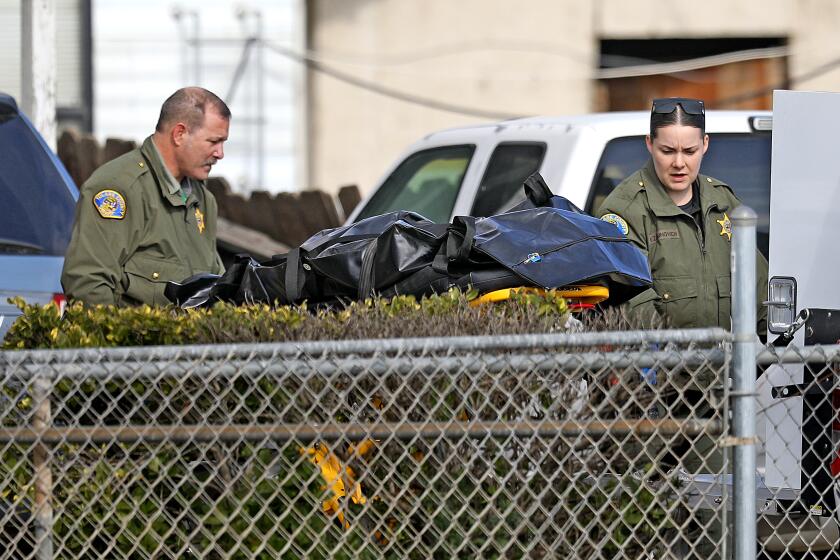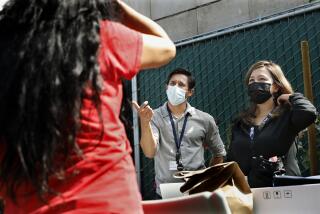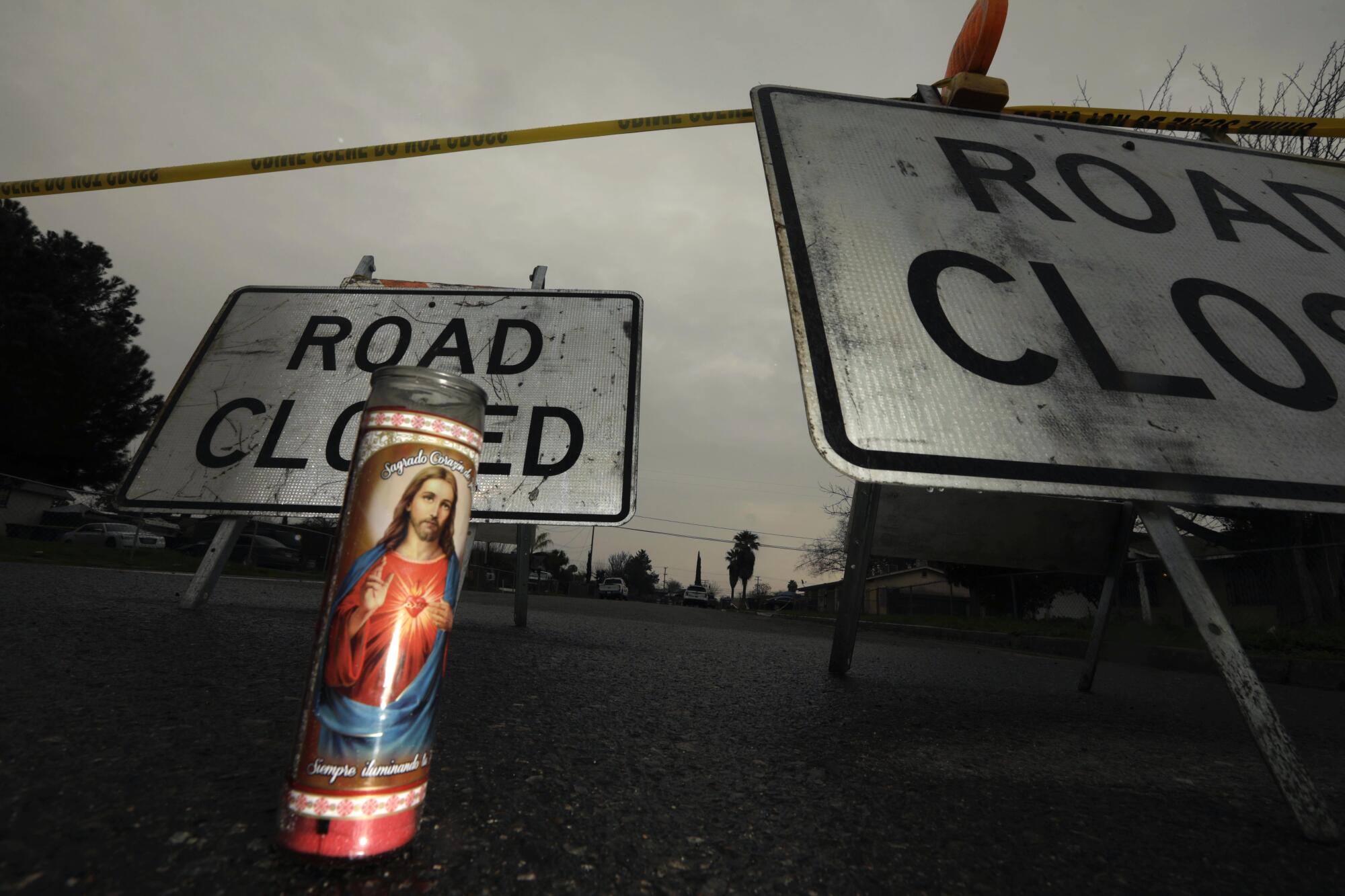
- Share via
GOSHEN, Calif. — Two days after six people, including a baby, were executed here, neighbors watched warily as detectives from the Tulare County Sheriff’s Office pored over the crime scene looking for evidence.
It was a busy morning in the neighborhood. A few houses away, agents wearing jackets that said “POLICE” rapped on the front door. When a Times reporter approached asking for information, a man wearing a badge that appeared to be from the U.S. Drug Enforcement Administration identified himself as a federal agent and said he was in the area on a separate case.
The man offered no further details, but the exchange illustrates a hard fact of life for many residents in these farm towns: Rural parts of the San Joaquin Valley have become some of the most violent places in California, with a bustling drug trade and among the highest rates of murder and lowest rates of solving murders.
According to a report last year from California Atty. Gen. Rob Bonta, Kern County had the highest homicide rate in the state in 2021, with 13.7 killings per 100,000 people. Merced County came in second, at 9.5, followed by Tulare, where the massacre happened Monday, at 8.8. The homicide rate statewide was 6. In Marin County, it was 0.4.
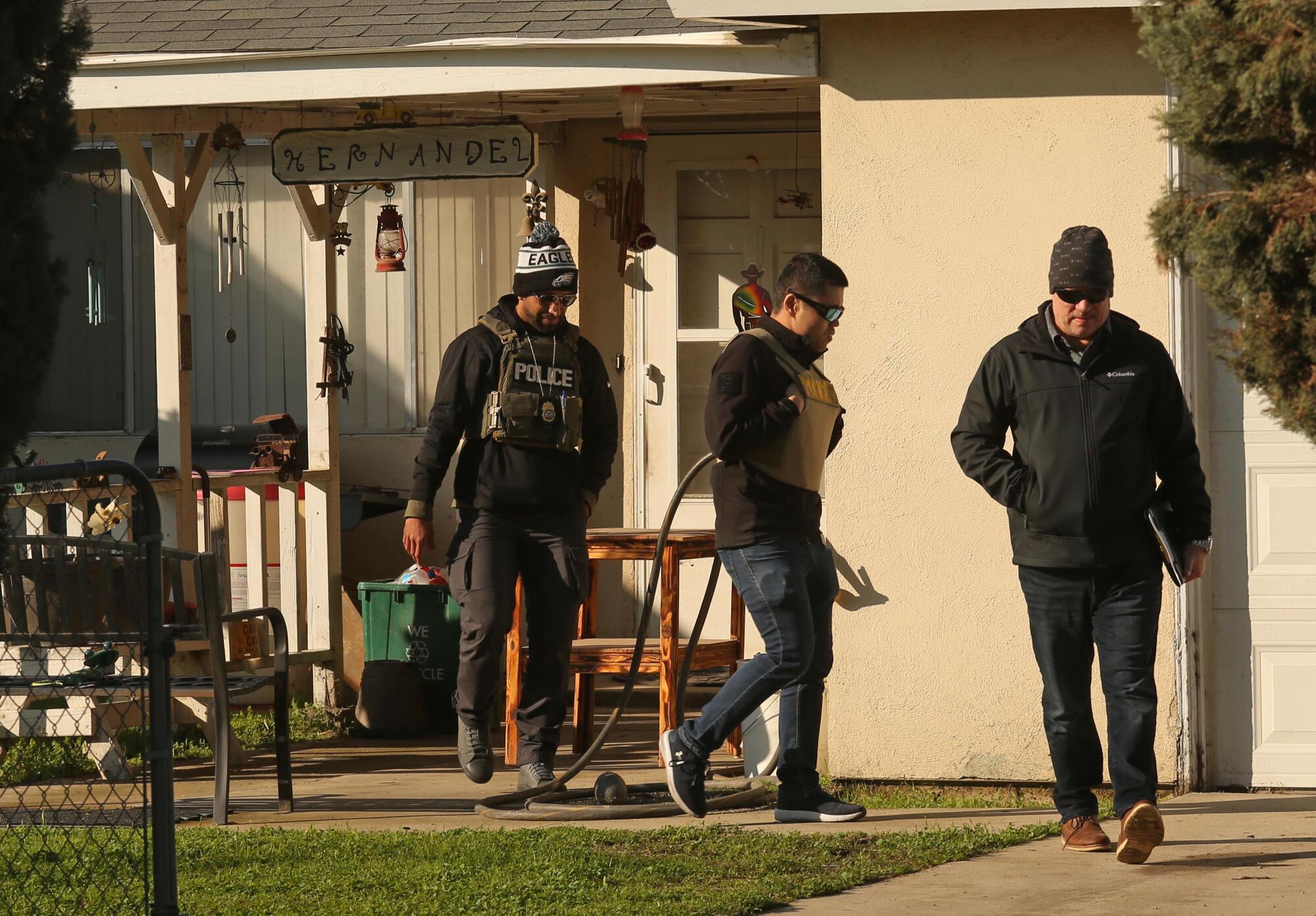
Little-known rural enclaves such as Goshen — which many Californians glimpse from the window of car speeding between Los Angeles and Yosemite or Sacramento or Lake Tahoe — have become coveted transit points for methamphetamine, fentanyl and other drugs. Layers of criminal organizations including Mexican cartels, prison syndicates and local street gangs all vie for a piece of the real estate.
While authorities have not publicly identified suspects or an exact motive for the massacre, they have said they suspect it was likely related to this trade and its attendant conflict.
Tulare County Sheriff Mike Boudreaux said two shooters barged into the family compound about 3:30 a.m. Monday, hunting down and killing six people, including a 72-year-old grandmother in her bed, a 16-year-old mother and her infant. The sheriff singled out those three as innocent victims, but said members of the household were involved in gangs.
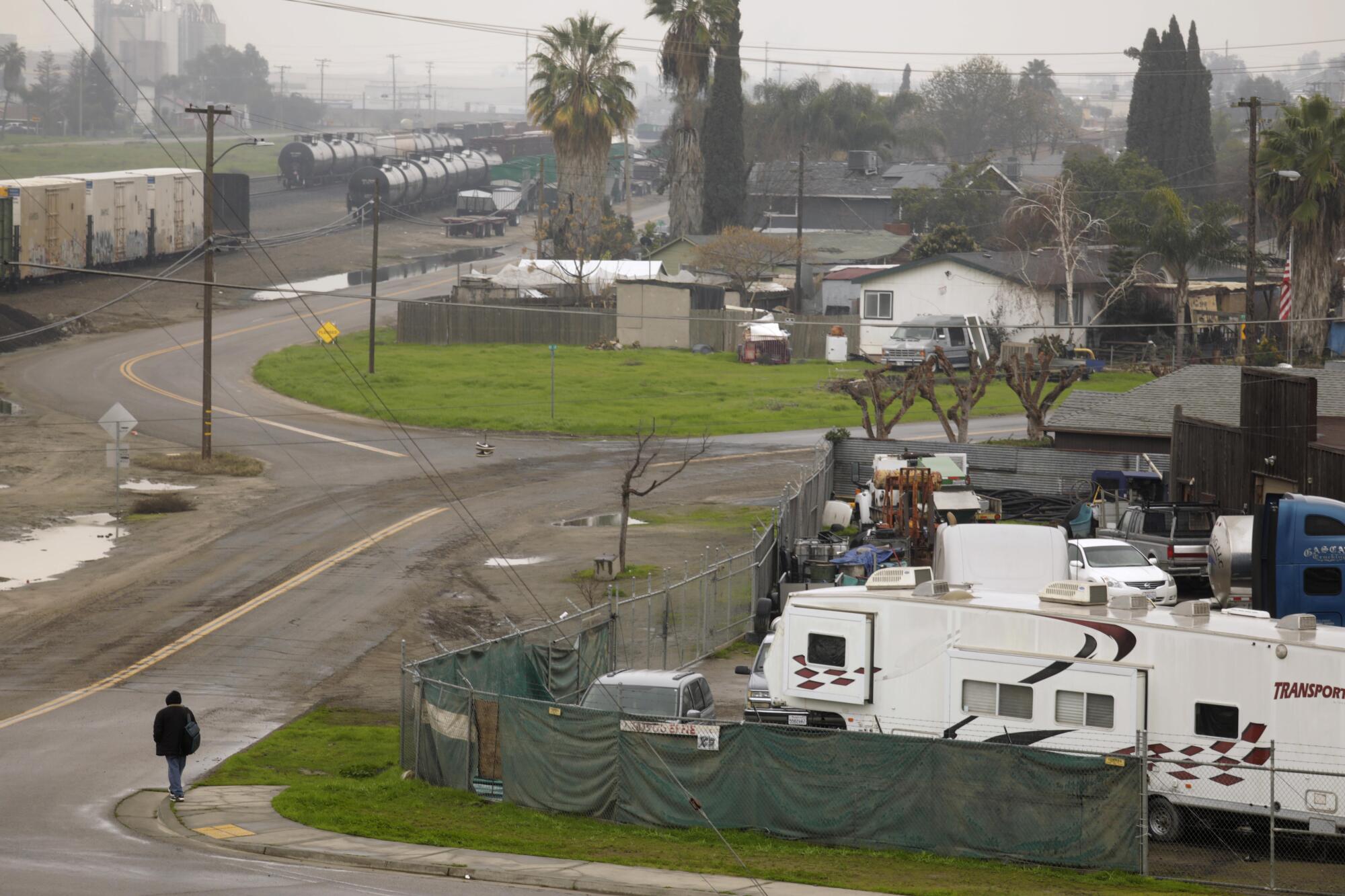
Boudreaux initially said that it was the work of a Mexican drug cartel, without providing evidence. He dialed back the statement the next day, saying the killings were likely the work of local gangs or cartels, or a combination of them.
An elderly woman was also fatally shot in her bed in what the sheriff says was likely a targeted attack by a drug cartel. Two suspects are sought.
Whatever the circumstance, the level of violence rattled the rural community.
“It makes me scared to come home at night,” said Alicia Zavala, who lives near the Goshen property where the killings took place. “After this happened, I am afraid to live here.”

Assemblyman Devon Mathis (R-Visalia), who represented the area until the most recent redistricting, said Goshen is one of many “county islands” in the valley — small unincorporated communities, impoverished, lacking their own police forces. Gangs and drug smugglers dig in there, knowing law enforcement presence is sparse.
“We have a vulnerability, and it is being exposed,” Mathis said.
He is dismayed how many of his colleagues in the Assembly are flabbergasted to hear about ferocious gangs in the San Joaquin Valley, viewing it as a problem for cities, not for rural areas.
Drug-trade-related violence has plagued the region for decades.
The San Joaquin Valley, which stretches more than 200 miles from Bakersfield to Stockton, is one of the richest farming regions in the world. The snow-capped peaks of Sierra Nevada water the fields that roll across the valley. The long rows of grapes and tomatoes, the orchards of almonds and peaches, give way to towns and cities, home to about 4.3 million people, with income disparity among the starkest in California.
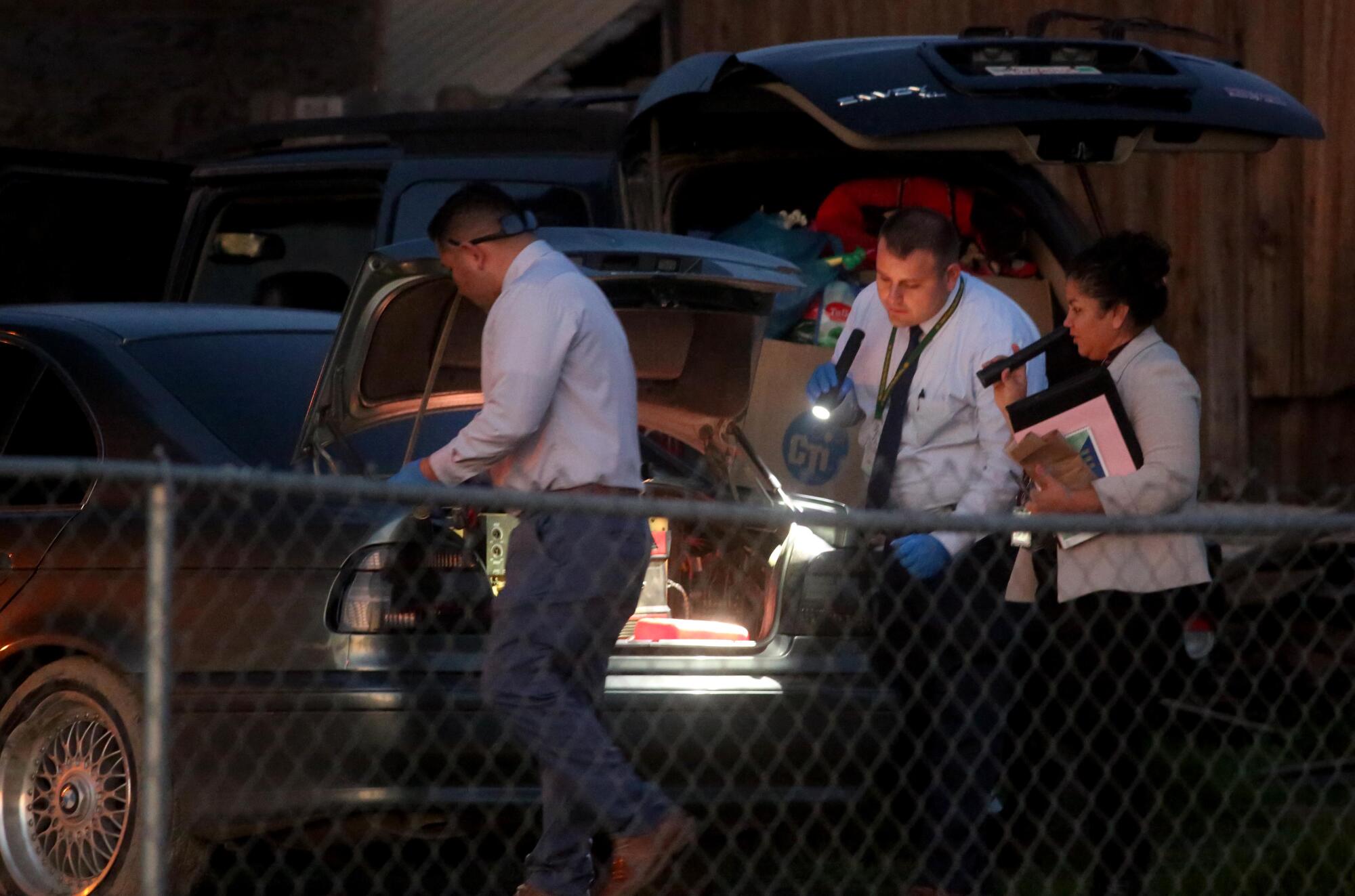
The cities of Fresno, Merced, Visalia, Exeter and Bakersfield have pockets of great wealth, but in the dusty towns where many of the people who do the picking and planting live, homes are often crowded and rundown, and streets often lack sidewalks, streetlights, even pavement and potable water lines.
Many of the adults in these towns labor long hours in the fields or packinghouses for subsistence wages. Their children grow up in areas with substandard schools and little to do after the bell rings.
“A lot of these kids have no supervision at home, and they’re out and about on the streets, hanging around with other kids who are in the same situation,” said Mike Alvarez, 60, founder of Changing Minds One At A Time, one of the few gang intervention groups in Tulare County.
That makes them an easy recruiting target for gangs.
The rural areas — with few officers on patrol and located along one of the West Coast’s major north-south transportation corridors — have long been attractive for drug traffickers. Tulare County has, despite its population of less than half a million, historically played a prominent role in the transnational movement of drugs, money and guns.
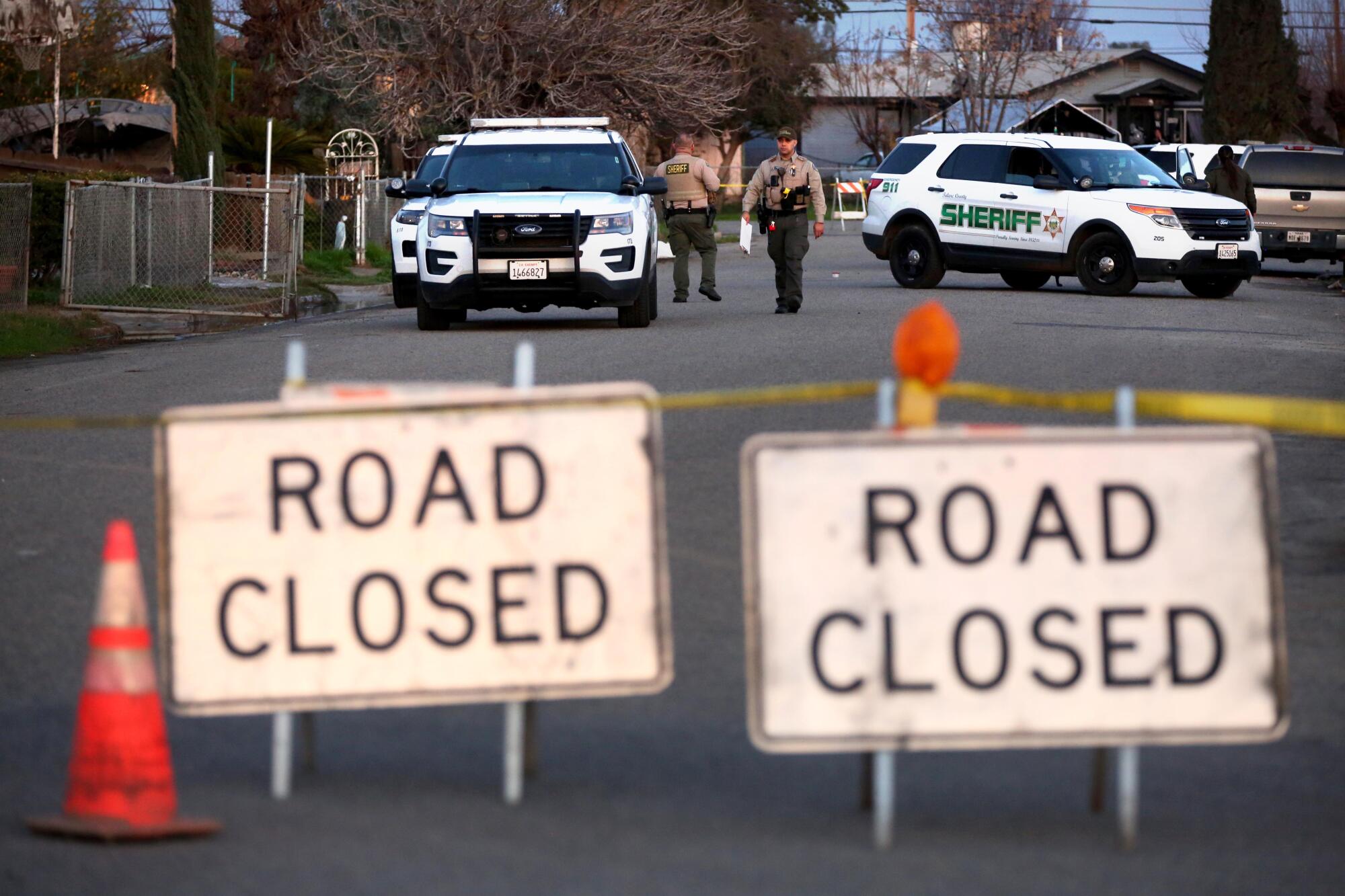
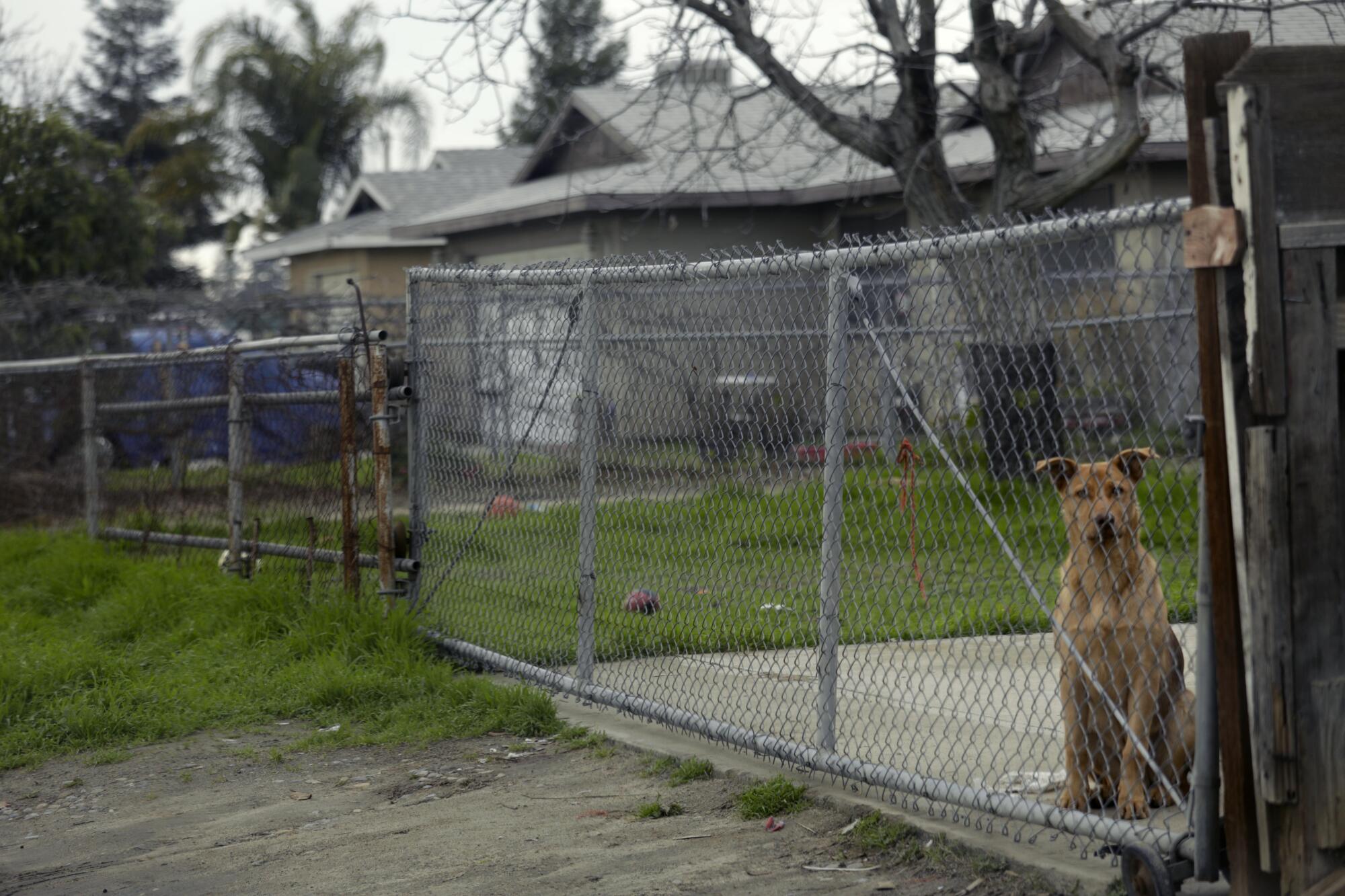
In the 1970s, drug traffickers began hiring crop-duster pilots to fly loads of drugs here from the mountains of Mexico’s Sinaloa state. The flight was at the limit a small plane could make without refueling.
Some of the little houses in towns without police departments or streetlights just off Route 99 have served as stash houses for drugs moving north from the border and money and guns moving in all directions.
This combination of lucrative drug smuggling and gang culture has sparked high levels of violence. Officials said the policing challenge is often made more difficult because many harbor deep distrust of law enforcement, either because they fear deportation or because the sheriff‘s departments in many of these counties engaged in brutal standoffs against farm workers, particularly during Cesar Chavez’s grape strikes. It is something Boudreaux said his department is working on.
“We continue to develop that trust as best we can. When you call 911, we’re there. It doesn’t matter who you are,” he told a local television station Friday.
Since the early 1980s, the local paper, the Visalia Times Delta, has been decrying the rates of violence in some of the farm towns of Tulare County.
In 2007, the paper launched a months-long series on the gang problem, leading one edition with a banner headline: “Gang Wars.” That story quoted Boudreaux, then a sergeant, talking about a killing of an 11-year-old Goshen boy who was leaving a party.
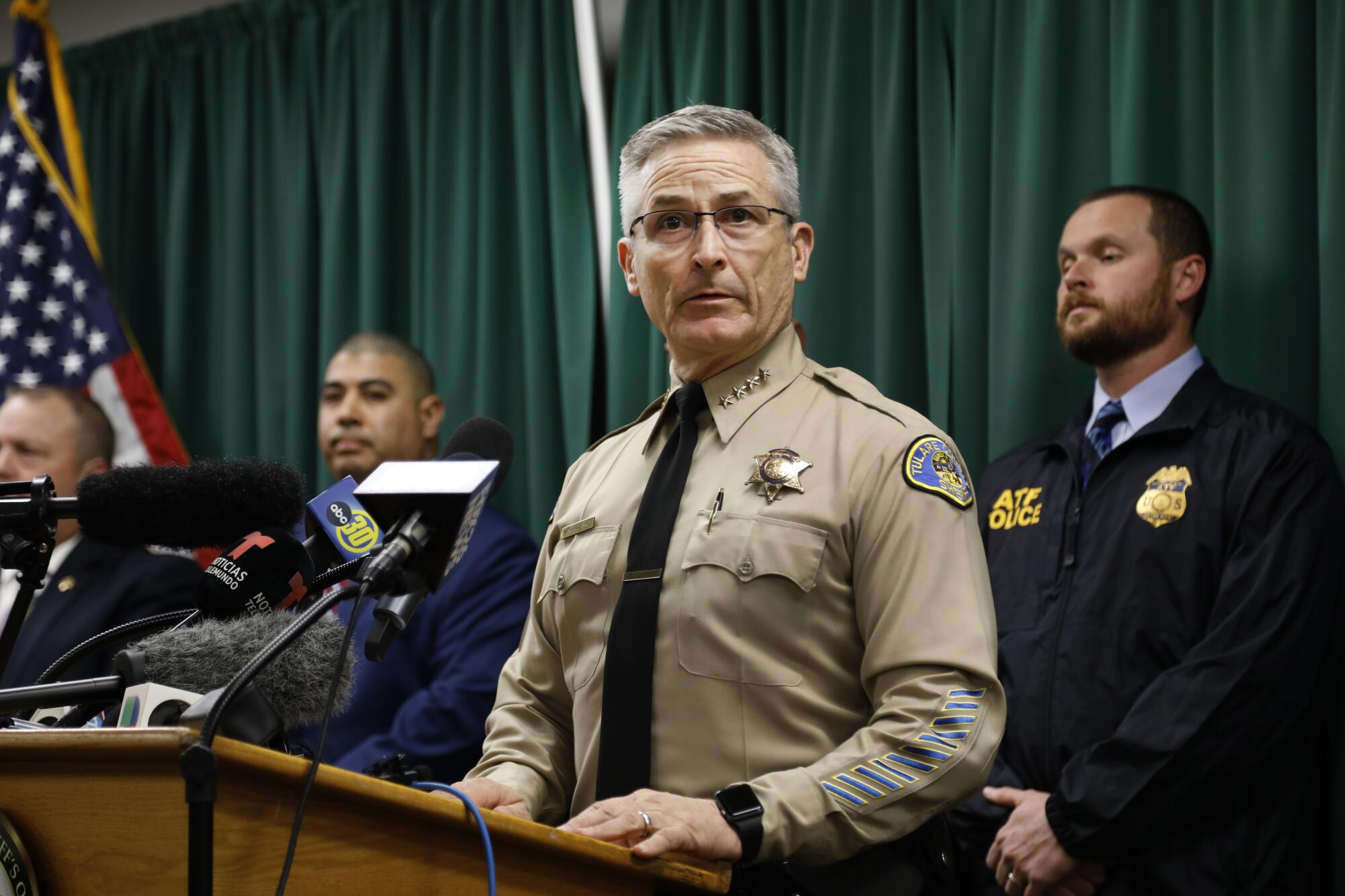
Boudreaux, who has led the Sheriff’s Office since 2013, and other law enforcement officials from around the valley have repeatedly held news conferences and sent out news releases, touting suppression-focused tactics and proclaiming victories over street gangs. Local, state and federal authorities have used court injunctions, undercover investigations and multiagency task force operations with names such as “Lucky Charm” and “Red Reaper.” Two years ago, in announcing the results of “Operation Stray Bullet,” authorities touted the arrest of 25 suspects in Tulare County who were accused of committing dozens of drive-by shootings, including one that wounded an 8-year-old girl.
“I can proudly say we are safer than we were yesterday,” Boudreaux said at the time, vowing to continue targeting gang members and “hunt them down and put them behind bars.”
Last year, authorities announced that they had dismantled a gun- and methamphetamine-trafficking operation that stretched from Mexico to the San Joaquin Valley and south Texas.
Federal agents and local police wiretapped phones calls of suspected Sureño gang members who lived in Tulare County and allegedly bought kilos of cocaine in Mexico and sold the drugs in Texas, where they purchased firearms, according to a complaint filed in U.S. District Court in Fresno.
The persistence of the problem, some experts say, underscores the limits of law enforcement operations in stemming the bloodshed connected to drug trafficking and street gangs.
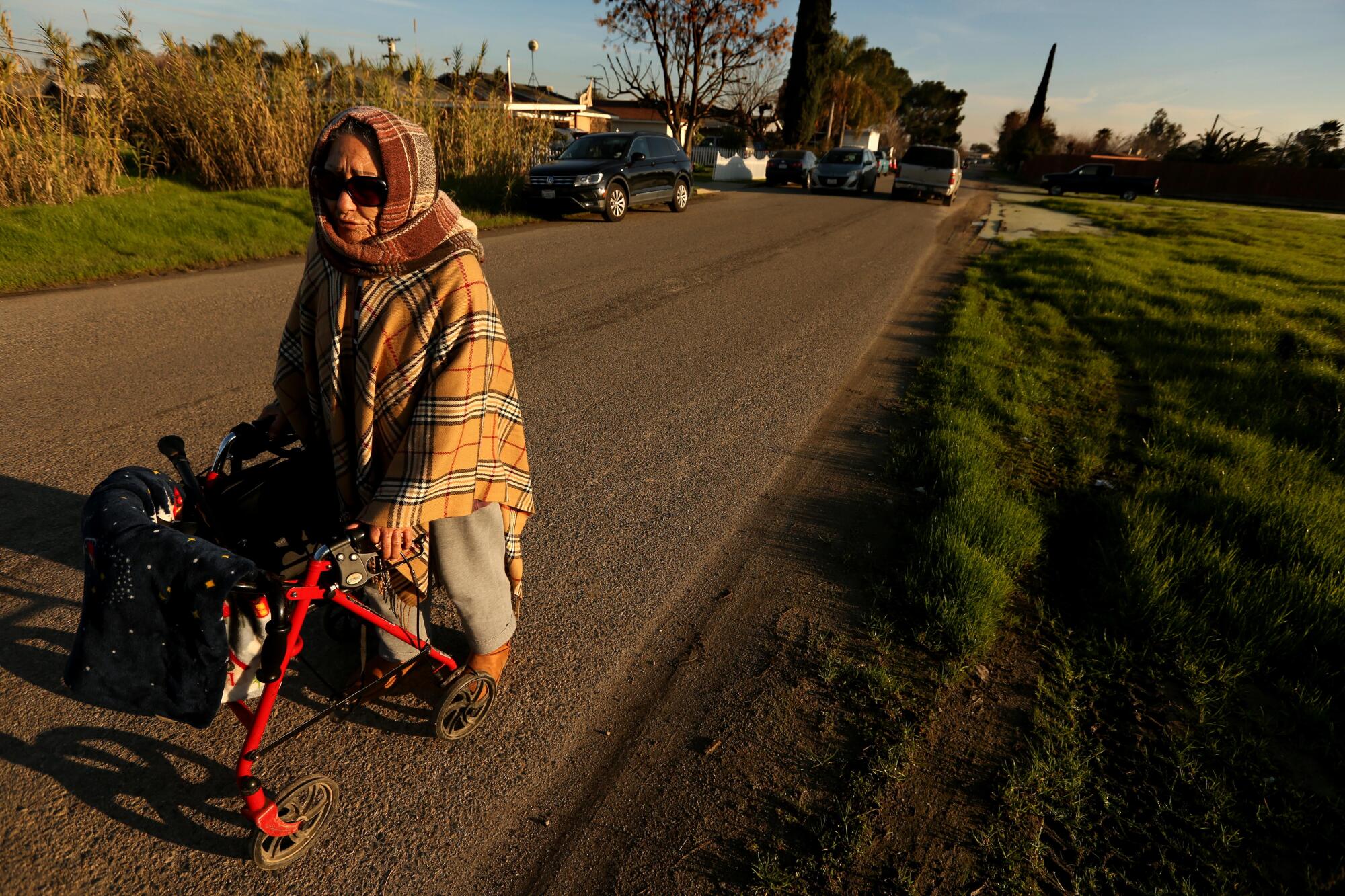
“As much as society likes to think that law enforcement can eliminate gang violence, our history proves the opposite,” said Jonathan C. Hernandez, who interviewed dozens of local gang members for a doctoral dissertation at Fresno State focused on Latino street gangs in the Central Valley.
Hernandez, 38, a communications professor at Porterville College who was raised in the valley, said that more prevention and interdiction efforts are needed, including those that rely on the experience of former gang members.
“We need to communicate with former gang members to get their insight [and] understand them and truly try to empathize with them,” he said.
Even with this history, the violence in Goshen shocked residents and police officers alike.
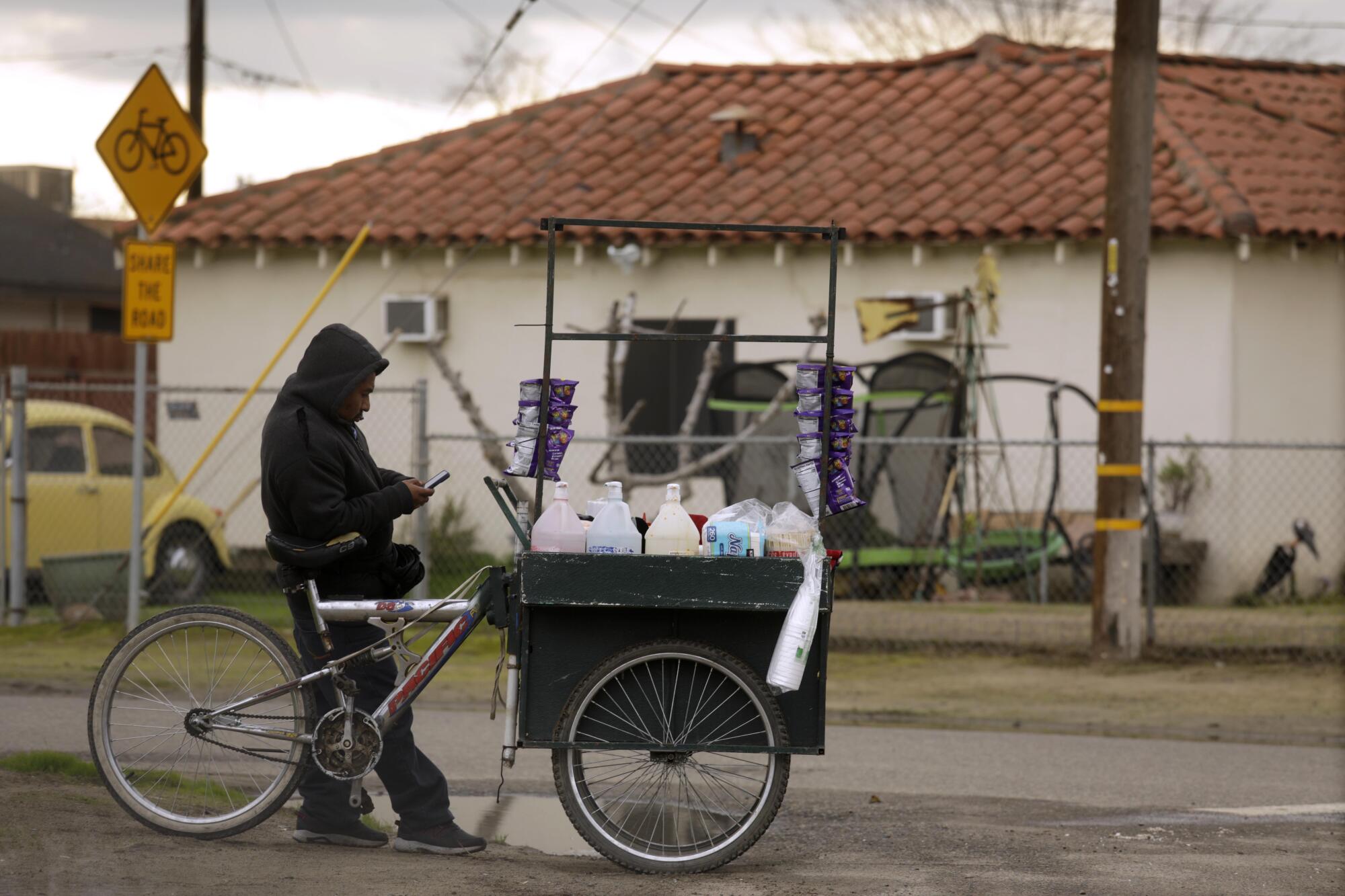
“Those killings seemed to come out of the blue,” said Dennis Townsend, chairman of the Tulare County Board of Supervisors, who added that violence had been on a downward trajectory until recently. Like many elected officials from the conservative area, he said he thought tough-on-crime laws could improve safety.
Goshen was founded in the 1870s as part of the expansion of the Central Pacific Railroad. When a branch line was built from Goshen to Visalia in 1874, people had high hopes that it would lead to prosperity for the town, but the boom never arrived.
The community’s residential areas are tucked within the truck stops and light industry that bloomed along Highway 99. The night is broken by the big rigs rumbling through. A 2018 Tulare County planning document designates the community as “disadvantaged.”
“There are a lot of drugs here,” said Maria Hernandez, as she headed toward the store with her walker. “Es un desastre,” the 71-year-old added. It’s a disaster.
Hernandez once worked in the nearby fields and has been in the area for years. She said she lives by a creed, one that many in similar barrios do: “No nos metemos para nada.” We don’t get involved.
The community finds strength in its solidarity, with generations of families living there.
“People think of Goshen, they think it’s full of drug people, gangsters, you know the North and the South,” said Federico Peña.
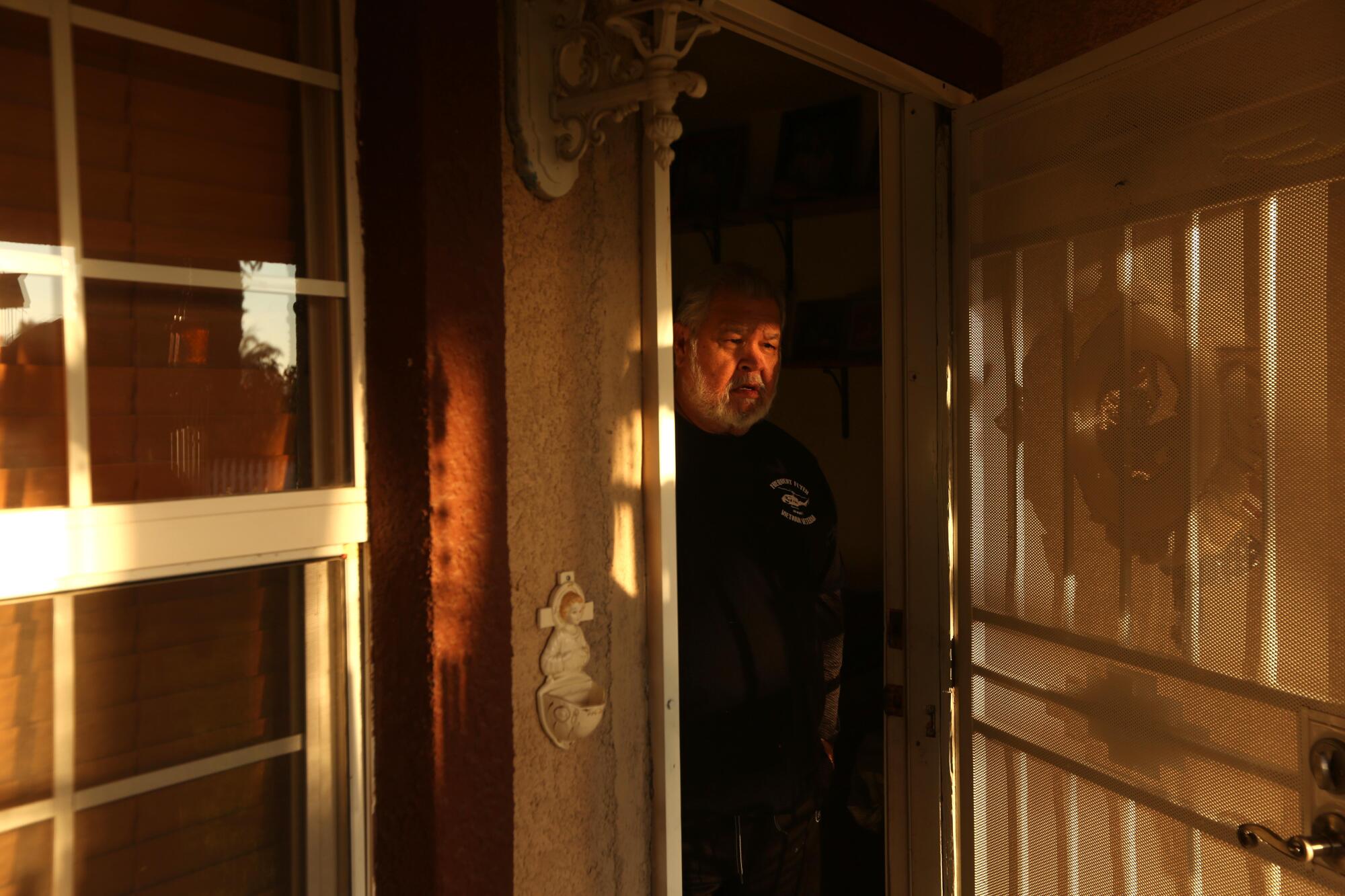
He was talking about how the town is in the vague borderland between criminal organizations — not the least of which are the Norteño street cliques under the sway of the Nuestra Familia prison gang and Sureños under the Mexican Mafia.
But Peña said violence does not dominate life here.
“You don’t see that all the time,” he said. “You do see it once in a while, but that happens everywhere.”
Peña said his family came to the area in the 1950s to work in the fields. He bought his home in the 1970s, and many of his brothers and sisters lived in the area.
The story was similar for the family who suffered the attack. The Parraz family arrived in the 1940s from New Mexico, said Ernesto Parraz. They came to California with a “pala” — a shovel — to work the land. His parents purchased a property on Harvest Avenue, which was divided and given to four brothers.
It was one of those parcels that was attacked Monday morning. Among those killed were Rosa Parraz, 72, Eladio Parraz Jr., 52, and Marcos Parraz, 19, along with Rosa’s granddaughter, Alissa Parraz, 16, and her son, Nycholas, 10 months old. Also slain was Jennifer Analla, 50, the girlfriend of a man who survived the attack and has not been publicly identified.
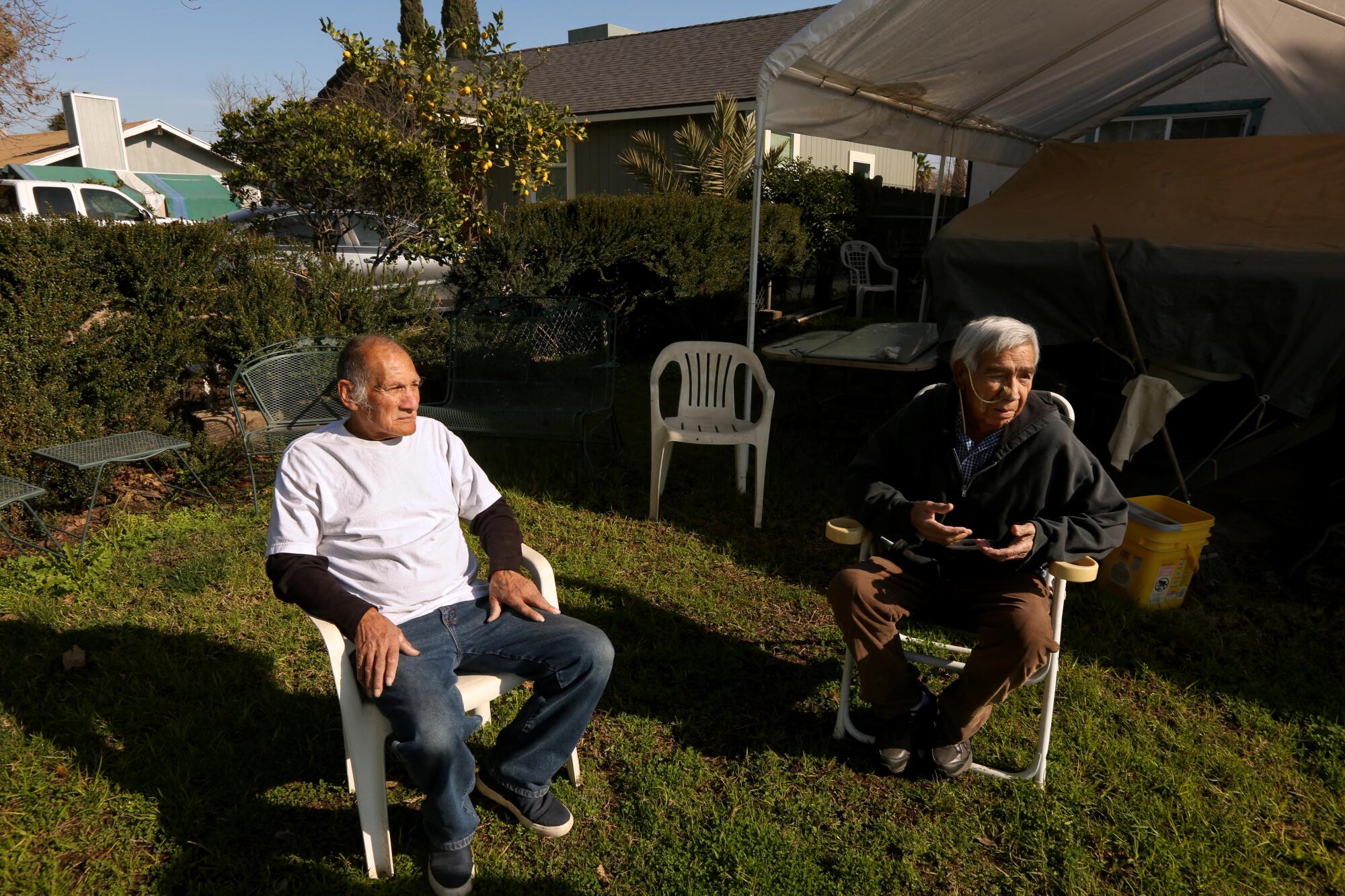
As police swarmed around his slain relatives’ home, Ernesto Parraz, who is being treated for cancer, sat on a folding chair in front of his own house, trying to catch some sun after days of shocking grief and rain. Storm water still puddled on the street, with little drainage.
Parraz’s phone rang off the hook. A relative who lived at one of the homes drove up to see him. With police cordoning off the area, he hadn’t been able to get in for days.
The two men embraced.
“Senseless,” Parraz said.
More to Read
Sign up for Essential California
The most important California stories and recommendations in your inbox every morning.
You may occasionally receive promotional content from the Los Angeles Times.
